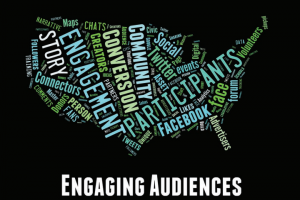A report by the Washington DC-based J-Lab has found that even though online news startups have access to a wide range of social media tools, they struggle with how to measure their impact. Respondents to the survey, which was funded by the Robert R. McCormick Foundation, said Facebook and Twitter were important for alerting readers to new stories but they did not know how to monitor meaningful engagement.
Nearly 80 per cent of the 278 “digital-first” startups who responded to the survey said they did not have the means to measure whether their social media engagement strategies were converting readers into donors, advertisers, contributors or volunteers.
Jan Schaffer, director of J-Lab’s Institute for Interactive Journalism said:
These small sites can measure interaction with their content, but they don’t have good tools to measure meaningful engagement. This affects both the future of their operations and the impact they can have in their communities.
New analytics tools give news startups some useful data, but survey respondents said their top metric for measuring engagement was still website uniques and page views. One respondent said:
We feel these numbers only give us part of the information we need. We’re interested not just in breadth of engagement but more in depth of engagement.
The report identified a “broadcast” mentality as a weakness in measuring audience engagement. It recommends a number of best practices for news startups when measuring engagement and urged training in the use of currently available analytics tools like ThinkUp, Google Analytics and Hootsuite.



